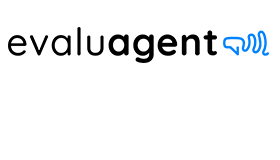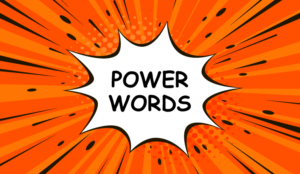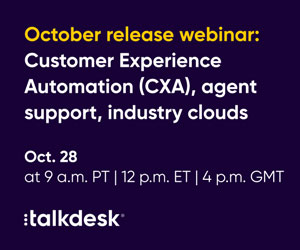Writing for EvaluAgent, Katie Stabler explains why you should reduce the power of the few to grow the influence of the many.
What level of a hierarchy does your organisation have?
There will likely be at least some level of hierarchy as very few places work in an entirely ‘rank’-free environment.
That’s not a bad thing. Hierarchy creates a structure to work within, it provides layers of accountability and it (when done well) casts a safety net, protecting those within it.
But over time, the hierarchy has also influenced our view of leadership, creating The Power Of The Few, which might not be the most effective way to nurture your employee experience, deliver a great customer experience or optimise business success.
What do I mean when I refer to The Power Of The Few?
It isn’t just the reflection that those with senior ranking make the decisions, its meaning is more widespread than that. The Power Of The Few refers to labels dictating your place, restricting your input, ignoring your wider value and inhibiting ownership.
We often work in environments which fence us off like cattle…Marketing, Finance, IT, HR, CX. We each work in our own field and if we do happen to hop over the fence for a little ‘silo breakdown party’, it is usually just the ‘leaders’ of that team who are responsible for collaborating.
“What’s wrong with that?” I hear you ask. To which my answer is “Nothing necessarily”; what you are doing now may be reasonably effective.
But read on to find out how much better you could make things if you smashed down all of those fences to grow The Influence Of The Many.
Experience Is Based on Perception…but Whose Perception?
In my field of Customer Experience (CX) I talk deeply and often about how experience is in part, created by perception, and for this very reason I advocate hugely for the consistent use of cross-functional collaboration in all areas of business design, from policy to process.
Why? Because ‘you don’t know what you don’t know’. Perception is subjective, we are all led by some type of influence or bias, and the best way to reduce any heavy influence of personal perspective is to seek the knowledge of the collective mind (influence of the many).
By gaining the wisdom of the crowd you are more likely to design and deliver to the best of your teams’ capability, so stop relying on just one or two people and ask your whole organisation, “Who has something to say?”.
Who Really Has the Answers?
This question builds further on the concept of more widely spread, cross-functional engagement. Traditional views of leadership see those in a position of power as having the answers, yet more modern approaches see leaders more as coaches, supporting their team to get to the answers.
Despite this leadership remodel, many organisations default back to ‘leader has the answer’ mode. A significant benefit of reducing The Power Of The Few to grow The Influence Of The Many is that it encourages openness and honesty, and it enables ‘leaders’ to show vulnerability, to hold their hand up and ask for help.
This benefits not only the individual but the whole organisation because whereas previously decisions may have been made based on ‘best guesses’, under this more collaborative approach, decisions can be made with input from those who may unknowingly have the answers.
It’s Not My Responsibility. Or Is It?
Accountability has to be one of the most common challenges in every organisation I have consulted with, and although there is a multitude of factors at play, often the most prominent is badly managed engagement.
If your team doesn’t have awareness of what’s happening, have a desire for it, have enough knowledge, can support it or feel reinforced (ADKAR model), then it’s likely they won’t engage, let alone take ownership.
But you guessed it, reducing The Power Of The Few to grow The Influence Of The Many will mitigate this. If your team have skin in the game, if they are the ones asking questions and if they are the ones providing solutions they will more naturally take ownership as a result of high engagement. They will care more.
Ultimately, when leaders step back and allow the wider team to do more, the more productive the team becomes and the better the outputs.
The Power Of The Few to grow The Influence Of The Many is essentially Distributed Leadership, and this leads to:
- Trusted empowered teams
- Happier employees
- Better business solutions
- Increased accountability and proactivity
- Enhanced customer experience
In times like now, where our business and personal resilience are challenged, working towards this model is a low-cost, highly effective way to do what you do, better.
Who’s in charge? All raise your hands.
This blog post has been re-published by kind permission of EvaluAgent – View the Original Article
For more information about EvaluAgent - visit the EvaluAgent Website
Call Centre Helper is not responsible for the content of these guest blog posts. The opinions expressed in this article are those of the author, and do not necessarily reflect those of Call Centre Helper.
Author: EvaluAgent
Published On: 27th Mar 2023 - Last modified: 15th Nov 2023
Read more about - Guest Blogs, EvaluAgent, Katie Stabler






 EvaluAgent provide software and services that help contact centres engage and motivate their staff to deliver great customer experiences.
EvaluAgent provide software and services that help contact centres engage and motivate their staff to deliver great customer experiences. 






























